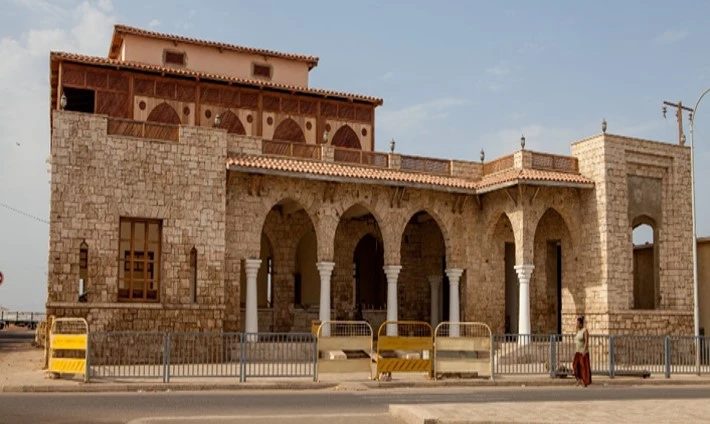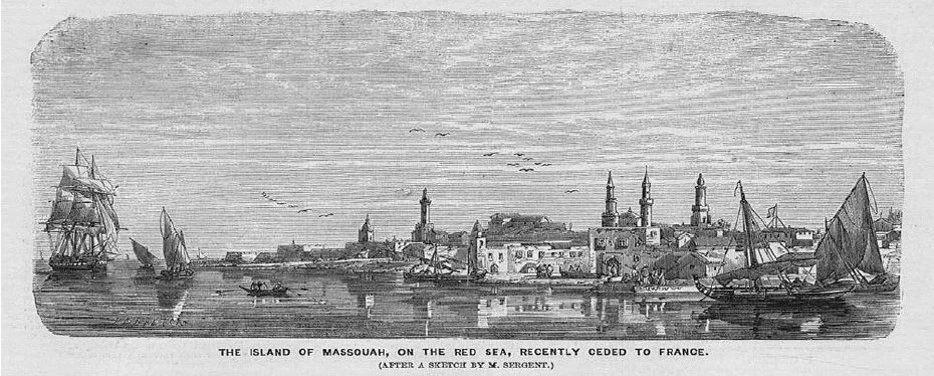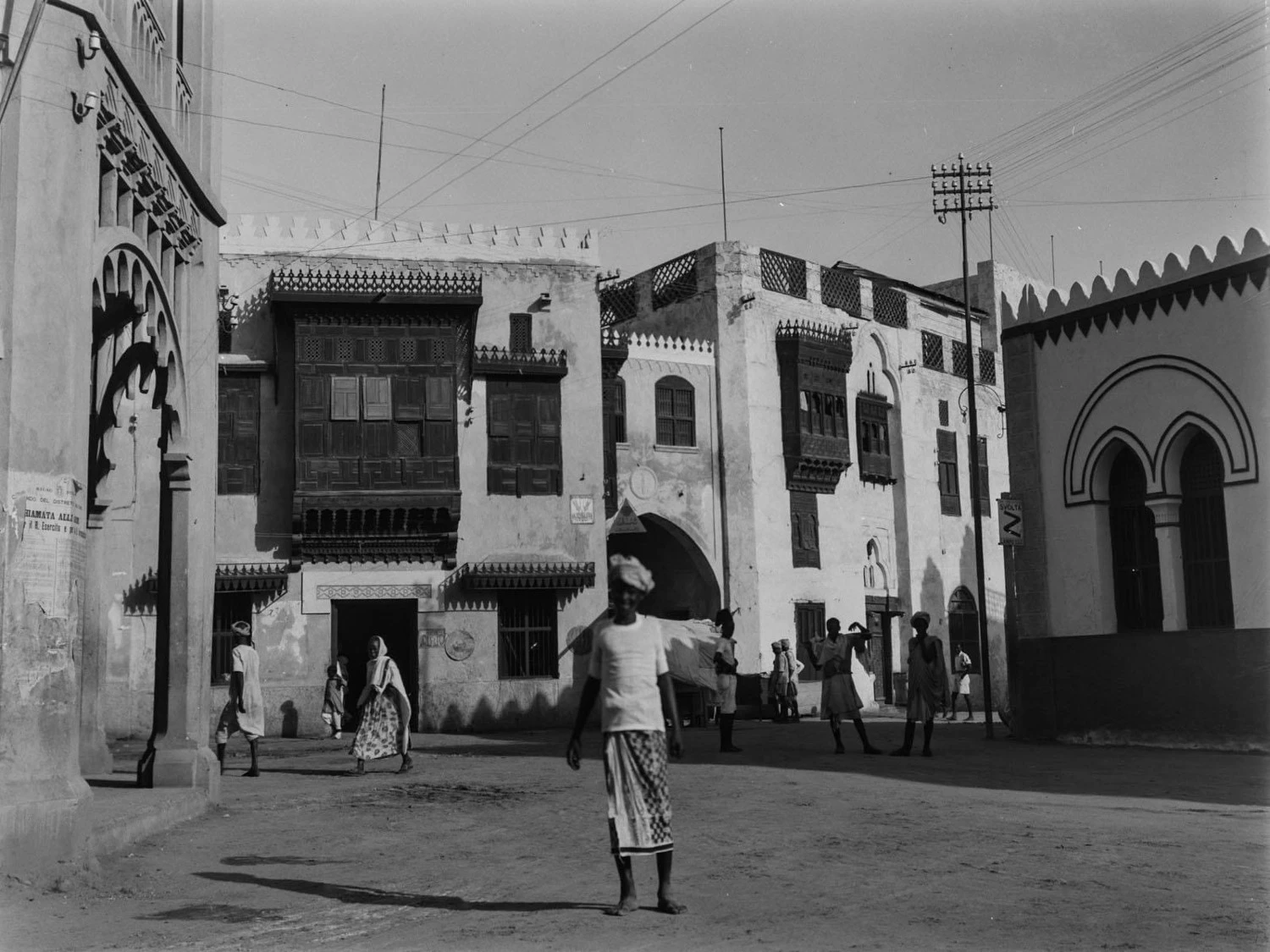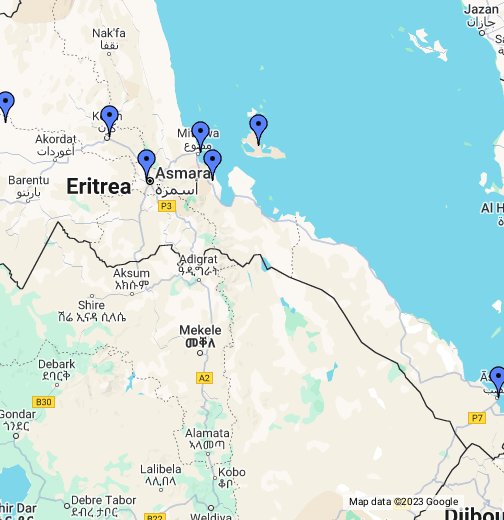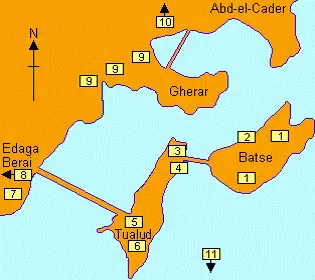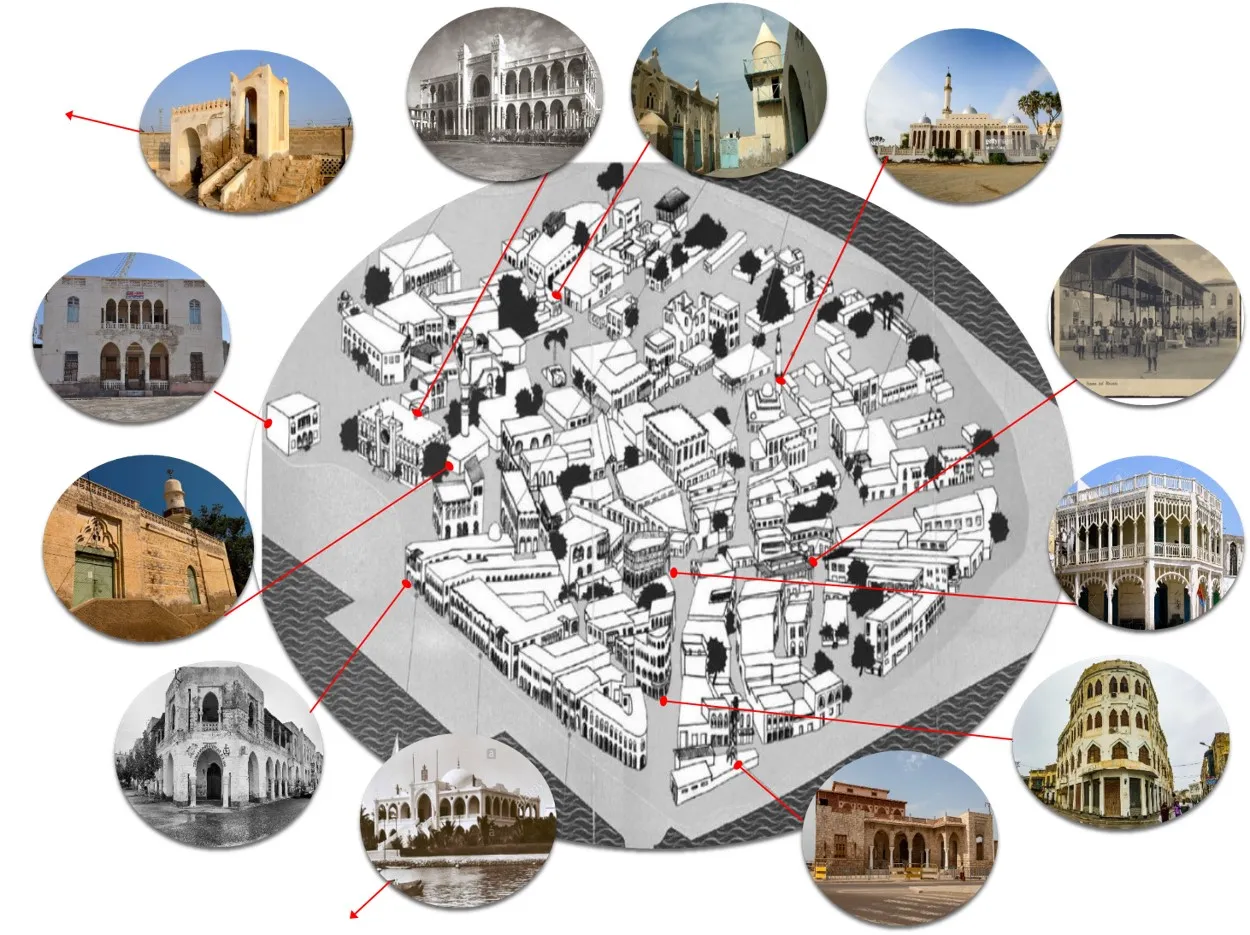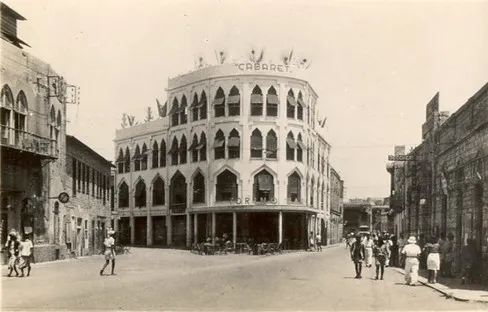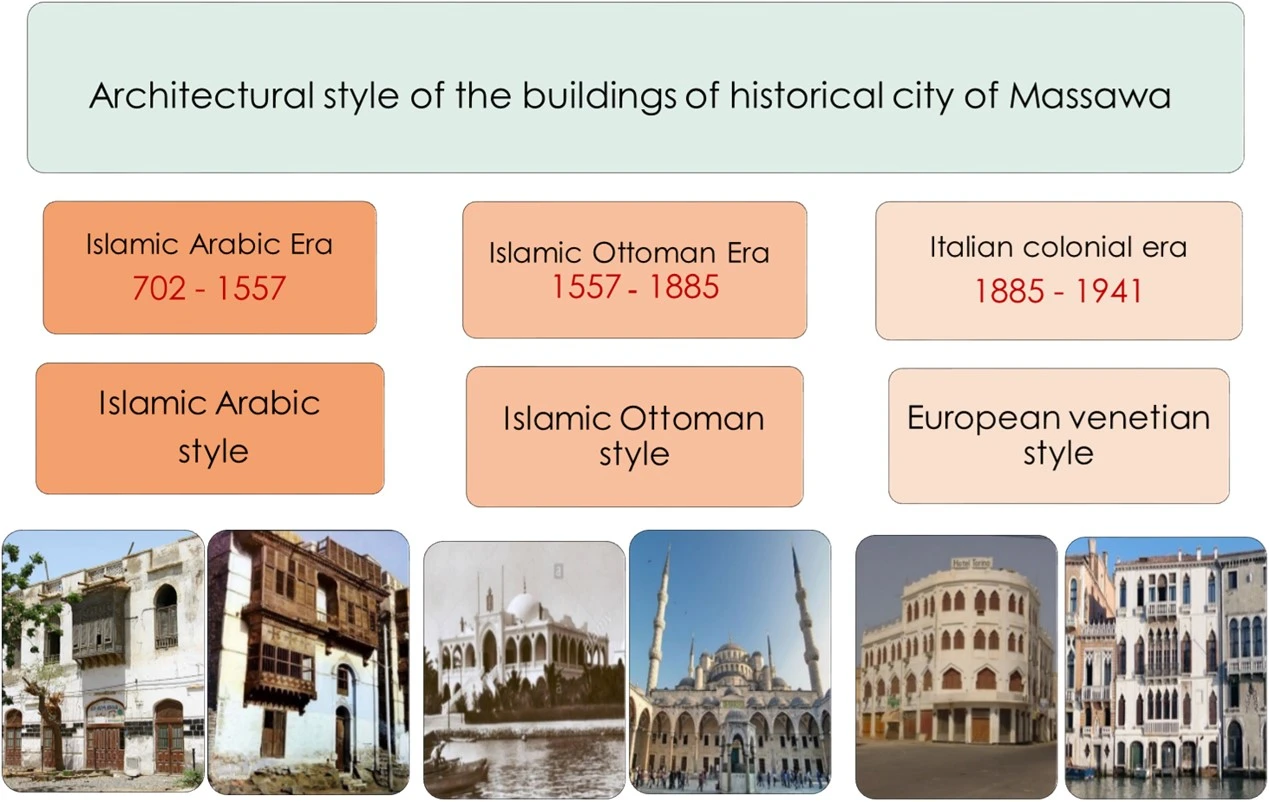Massawa Urban Heritage: Discover the Rich History of Eritrea's Coastal Gem
The city is considered a mosaic carrying in its folds a mixture of residents and dialects, like all
the ports in the world.
The immigrants and merchants coming from all countries settled in it, mixed
with its residents, and set up their businesses. Everyone lived in it like an open museum that differed from
the rest of their surroundings.
